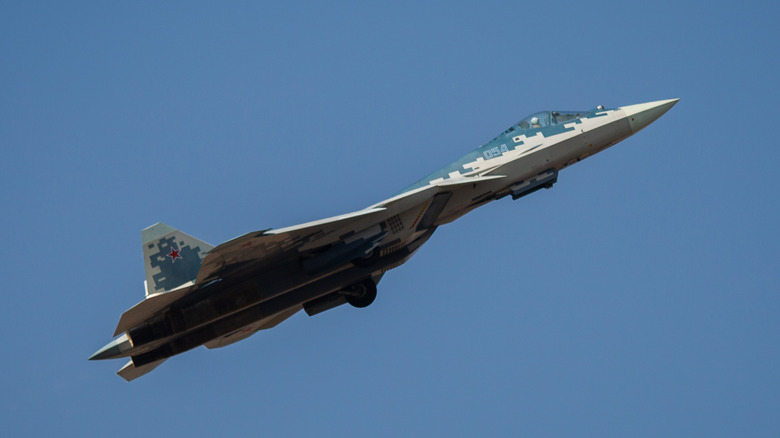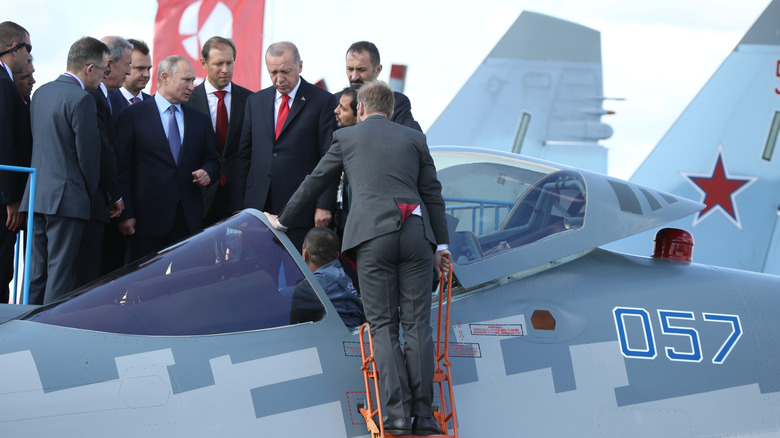Does The Su-57 Really Have Exposed Screws?
When photos from the 2024 Zhuhai Airshow surfaced, close-ups of Russia's Su-57 fighter jet (dubbed "Felon") quickly set off a storm on Chinese and Western social media. The images clearly showed visible screws, mismatched bolt heads, uneven panel joints, and noticeable gaps across the airframe, all of which looked out of place on what's marketed as a fifth-generation stealth jet. Critics jumped at the opportunity to point out that such visual imperfections reflect poor manufacturing standards and undermine stealth capabilities by increasing radar cross-section.
But here's the catch: The aircraft on display wasn't a production model. Russia brought prototypes built in the early 2010s, specifically airframes T-50-4 and T-50-7. These units were never meant to represent the finished product. Prototypes, whether Russian, American, or Chinese, often have rougher finishes and visible hardware since they're used for testing, not showcasing. So yes, the screws and gaps were real, but they were also on old development airframes and not the final stealth-capable versions flying combat missions.
Serial production models are built differently
The Su-57 prototype shown in China isn't the same aircraft Russia deploys or advertises for export. Since entering limited service in 2020, newer serial production Su-57s (the "Su" stands for Sukhoi) have been manufactured with tighter tolerances and more refined stealth shaping. Russia's Ministry of Defense released images in 2020 showing cleaner panel alignments and reduced radar-visible hardware.
It's not just about looks. These serial Su-57s have been used in actual combat scenarios. In Ukraine, they've launched long-range standoff weapons while evading detection by NATO-grade air defenses. In one case, an Su-57 reportedly intercepted a malfunctioning Russian drone near NATO borders, a task that required precision radar capability and low observability. While it's still true that the Su-57 lags behind the U.S. F-22 or China's J-20 in stealth, claims that it's poorly built based on a decade-old prototype don't hold up under scrutiny.
Russia's PR misfire didn't help its case
So why did Russia send its worst-looking Su-57s to China? The answer likely comes down to availability. Russia only fields about 30 Su-57s total, with fewer than 25 combat-ready units in service by 2025. The decision to send prototypes instead of production jets was probably logistical, not strategic.
Still, it was a clear PR misstep. By allowing spectators unprecedented proximity to airframes with exposed screws and poor finishes, Russia opened the door for viral comparisons with China's J-20 and even older Western stealth designs. It's not that the Su-57 program failed, it's that showing unfinished tech to an audience that expected cutting-edge polish was a bad call. Russia may still secure export deals, but it has to counter the damage done at Zhuhai with stronger future showings, such as the AI-equipped Su-57M1 heading into mass production. Otherwise, those early photos could continue to define the narrative.


